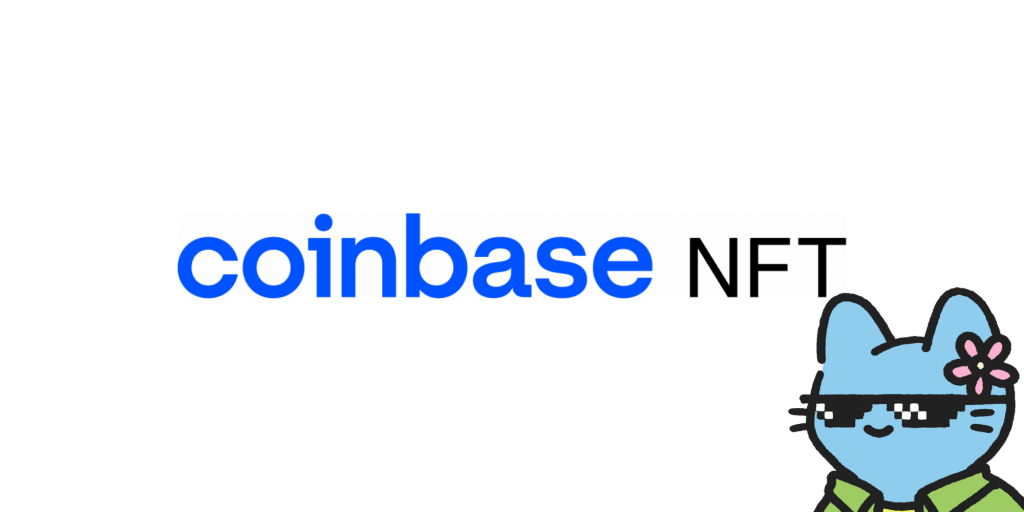A permanent NFT storage combines blockchains and InterPlanetary File System (IPFS) designed to create a secure place to hold NFTs.Â
Throughout 2021 NFTs (non-fungible tokens) became popular assets, with projects such as Bored Ape Yacht Club (BAYC) and Cryptopunks making headlines for their large price tags.
At the same time, NFT scams and theft also reached an all-time high, with over $100 million worth of NFTs stolen since July 2021. Due to the decentralized nature of cryptocurrency, most investors never had their NFTs returned and lost their investments.
As the market continues to develop, new ways of protecting NFTs are being created. One such way is permanent NFT storage, which combines two leading storage methods to protect users from theft and scams.
In this article, we’ll cover why it’s important to properly store NFTs, the different storage types, what is permanent NFT Storage and how it can save you from an investment disaster.
Why Should You Properly Store NFTs?
With any piece of art, storage is extremely important. In the past, art collectors would pay upwards of $100,000 a month for their art to be secured. With NFTs, things are a little different.
Some NFT platforms will allow you to store your NFTs inside their built-in wallets, while others will let you store NFTs in your external wallet, such as MetaMask. However, storing with a platform isn’t always safe.
In March 2021, hackers stole thousands of assets from accounts held by Nifty Gateway. Although the company’s security wasn’t compromised, hackers used a lack of two-factor authentication to their advantage, using users’ credentials to steal assets.
This made investors realize how important it is to use your own storage and not rely on third parties. Instead, NFT investors need to take full ownership of their assets.
What Storage Types Are Available?
Online Storage
Currently, most NFT collectors store their NFTs using blockchain-based storage solutions such as MetaMask and OpenSea. These are completely decentralized and secure, giving owners full ownership of their assets.
However, it’s important to note that these wallets don’t technically hold your NFTs. Instead, they provide you with a private key that gives you access to them on the blockchain. With this key, you own a cryptographic address and everything in it.
Nonetheless, this storage method can still be hacked as it’s online 24/7.
Offline Solutions
Offline solutions are an extremely secure way to store NFTs. As they’re not connected to the internet, they’re less prone to cyber-attacks, digital scams, and unauthorized access. The most popular offline storage solution is a hardware wallet such as Trezor or Ledger. NFTs can be stored in these wallets offline and require an ID and password for extra security.
The only downside is if you lose the physical wallet, you’ve lost your assets.
What Is IPFS?
InterPlanetary File System (IPFS) is an open-source project created by Protocol labs. It’s used for storing and accessing websites, files, apps, and data; however, it has the potential to impact the way we store NFTs. Currently, IPFS works by breaking down data across different storage solutions, so if one should fail, the data will be backed up elsewhere.
Platforms such as Pinata and Filecoin combine the benefits of blockchain storage with IPFS to create a permanent storage solution. This solution is designed so NFTs can’t be lost, even if the marketplace where they are stored goes down.
It removes all external dependencies while providing decentralized storage solutions for NFTs. But, the technology still has some flaws. If an NFT has been sold independently (outside of a platform) and the owner chooses to stop providing the NFT data, the NFT will disappear.
However, on-chain solutions are being designed to fix this problem. Marketplaces such as Pastel are implementing native storage solutions where assets will always be fully recoverable. Pastel Network uses its Cascade protocol for this, helping recover all NFT data if anything is ever lost. It breaks up NFT data into chunks and distributes it amongst a network of SuperNodes. This means if any nodes go down, NFTs are always recoverable.
Why Permanent Storage Is Important
As NFT sales continue to grow, a secure way for everyday investors to store their assets is essential. In the current market, NFTs are continuously missing, with scams rising.Â
In November and December 2021 alone, over $30 million in NFTs had been lost due to rug pulls and scams. For the market to continue to thrive, users need peace of mind that their assets aren’t going to go missing. If scams continue to increase, the NFT market will have difficulty attracting new investors, significantly slowing the widespread adoption of these digital assets.
Permanent storage solutions provide investors with a much better storage solution than any available on the market. One where data is broken down across nodes to prevent theft and scams.
Final Thoughts: Is Permanent Storage The Future For NFTs?
Although IPFS technically isn’t designed solely for NFTs, it’s being integrated by projects like Pinata to provide users with a security solution that’s easy to use and completely safe from digital threats.
As the technology continues to develop, it’s fair to assume that permanent storage solutions, or similar technology, will be the future of NFT storage should widespread adoption occur.
Despite still being an early development, permanent storage gives investors peace of mind that their assets are completely safe, even if there’s an issue with nodes. In the current market, no other storage solutions provide this level of safety, making it a no-brainer for NFT collectors worldwide.









